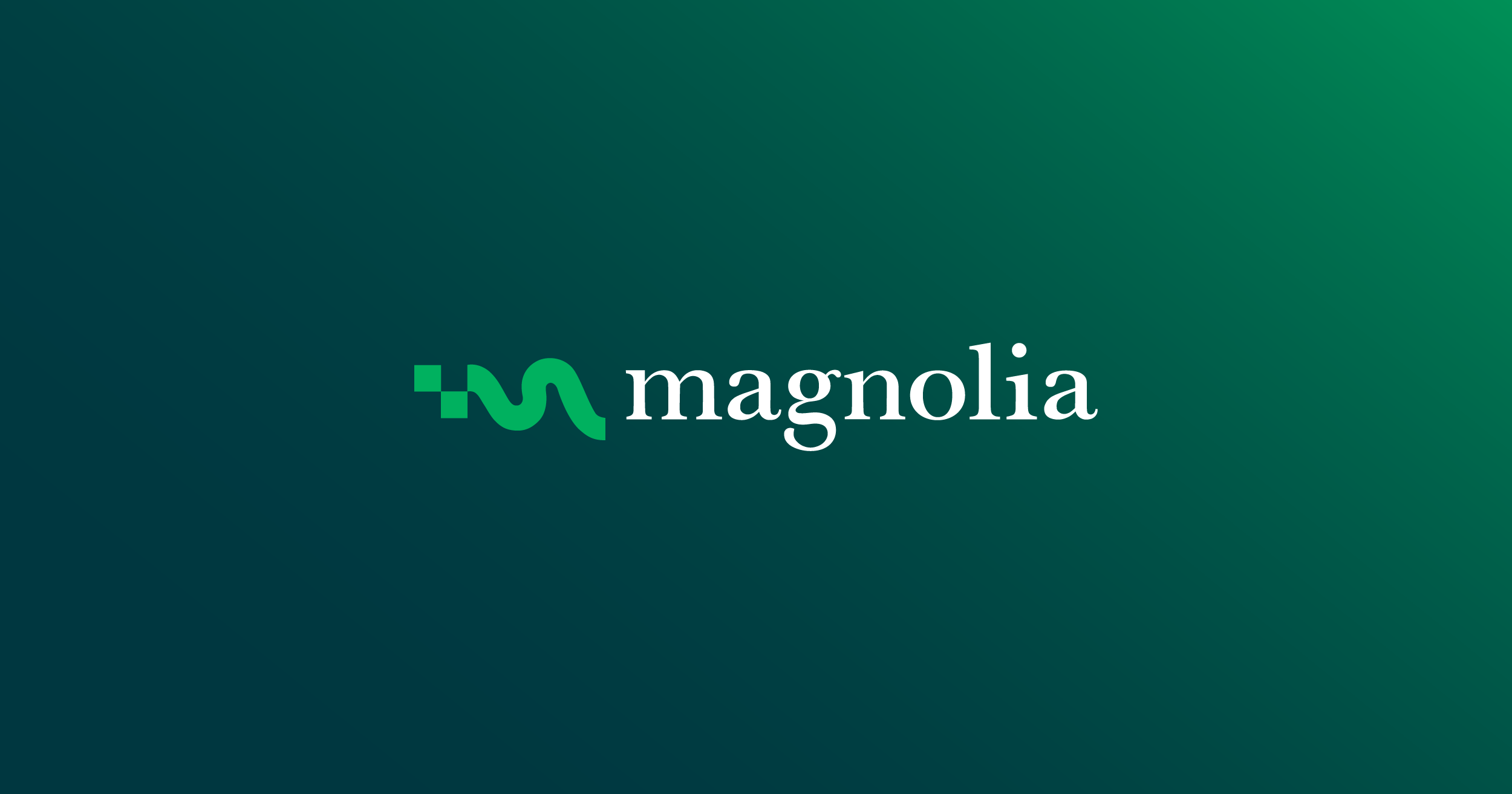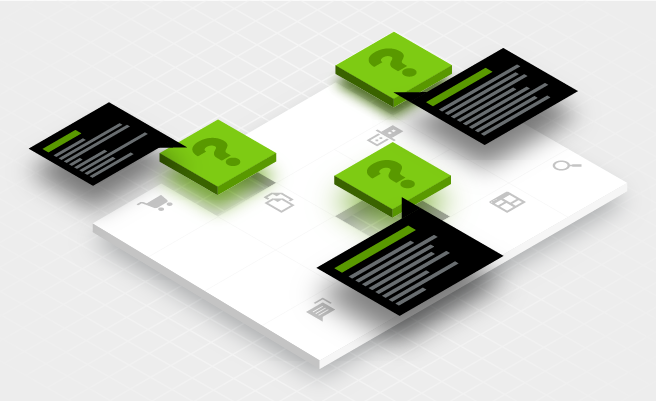What is a DXP?
A Digital Experience Platform (DXP) is a set of integrated technology components that together provide the tools and capabilities to create, manage, and deliver content and experiences across digital channels and touchpoints in a consistent, unified way that allows developers and non-technical users, for example, marketing teams, to collaborate.
A composable DXP is built using a modular architecture, enabling organizations to adapt their digital strategy and execution to changing user behavior and customer needs.

How to build a composable DXP
A DXP requires the right building blocks and a DXP integration framework that streamlines digital experience management by orchestrating how the various DXP technologies interact with each other to deliver optimized and personalized experiences to end users across touchpoints in the entire customer journey.
To reduce complexity, we developed a DXP framework that structures the DXP in three layers with four building blocks, making it easier to comprehend and design. The concept of building blocks lets you start with the core technologies while keeping future growth in mind, allowing you to expand your DXP system capabilities over time.
You will probably find that you already have many DXP components in your technology landscape. Our framework and DXP resources will help you build out a fully-fledged DXP, identify potential gaps early, and find a DXP partner.


Experience layer
Search & Discovery
Findability of information including SEO
Omnichannel Orchestration & Delivery
Experience delivery to various digital channels and devices, such as websites and mobile apps, and delivery automation
Internationalization & Personalization
Data-driven, personalized content, contextualization, segmentation, and localization of touchpoints
Access & Profile Management
Customer profile management and authentication

Management layer
Campaign Management
Marketing automation and communications on channels, such as web, email, and mobile
Content Management
Experience management, central repository, headless CMS, and multi-site management
Collaboration & Workflow Management
Cross-departmental communication and collaboration, operational and approval workflows
Analytics & Optimization
Analytics and business intelligence, A/B/n Testing, and journey mapping

Infrastructure layer
Deployment
Cloud infrastructure and self-hosted deployment
Developer Tooling
Low-code and agile development, APIs, CI/CD, and automation
Integrations & Extensions
Interoperability with adjacent DXP technologies such as data sources and DX management, and addition of functionality
Security & Privacy
Access control, SSO, compliance with security and privacy standards including ISO 27001 and the GDPR
Benefits of Magnolia

DXP 101: From disjointed to seamless customer experiences
There is a shift away from content management to digital experience management. Market leaders and disruptors now go beyond creating and managing digital content and focus more on holistic, integrated customer journeys.
Led by analyst firms Gartner and Forrester, the category of Content Management Systems (CMSs) evolved into Digital Experience Platforms (DXPs). Our beginner’s guide will help you make sense of the DXP and equip you with the knowledge you need to choose the right solution for your business.
One platform with powerful DXP integrations

Unlike DXPs based on monolithic architecture, Magnolia’s DXP and its composable architecture help organizations create fully integrated customer experiences and speed up digital delivery by:
- Consolidating all content in one content hub, including third-party Content Management Systems (CMSs)
- Connecting any data source, application, or channel through easy, pre-built integrations
- Offering unified authoring in one seamless workflow
Magnolia offers Connector Packs for Marketing Automation, Commerce, Analytics, Optimization, and Digital Asset Management.
Other popular integrations include Salesforce Commerce Cloud, Segment’s Customer Data Platform, and artificial intelligence
Magnolia for the Enterprise
FAQs
Sign-up for a developer trial
Get your free 30-day trial now
You're steps away from getting hands-on with Magnolia:
- Request your 30-day free trial.
- We'll send you a license key and the needed resources.
- Install Magnolia and start building your projects.










